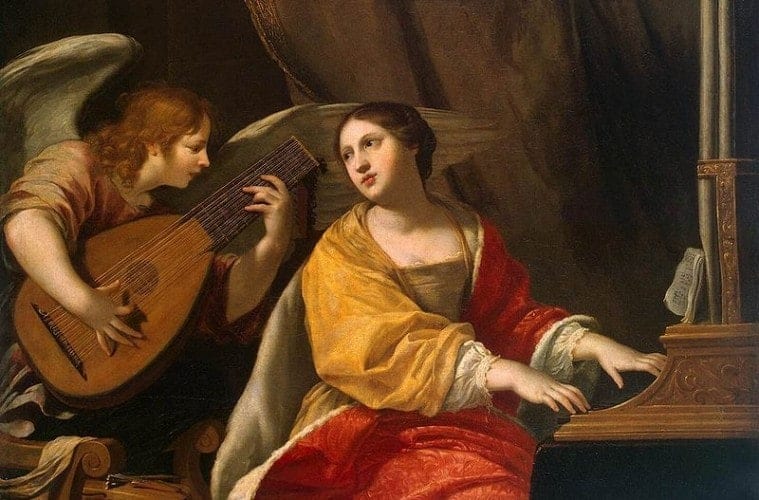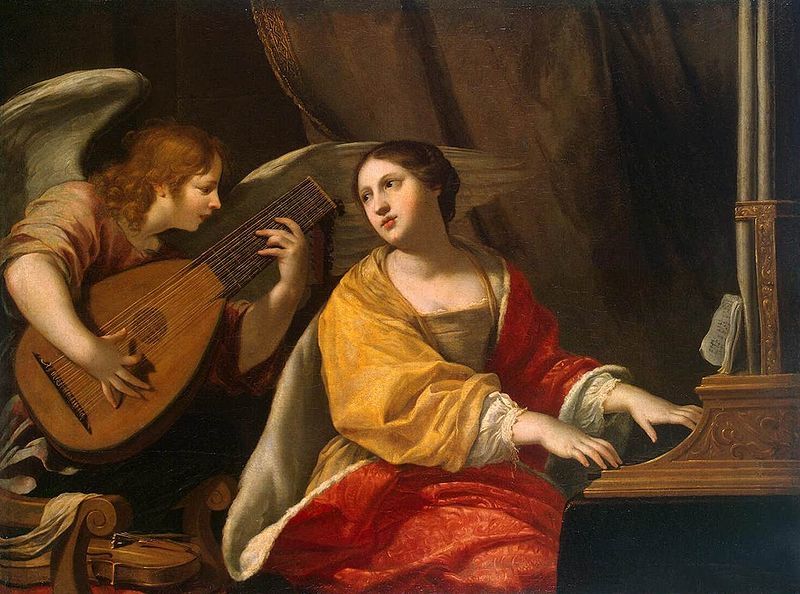Spreading the word on the art of the proper celebration of liturgy, the ars celebrandi, is one of the principal goals of Cream City Catholic. It’s no secret that a ferocious iconoclasm swept over our liturgical culture in the past forty years. Many standout souls, like Pope-emeritus Benedict XVI, Archbishop Alexander Sample and Monsignor Nicola Bux, have written extensively in recent years on the need for a true and lasting restoration of a culture of reverence and beauty in the liturgy.
Sacred music, of course, has an inestimable role in the liturgical life of the Church. But just what constitutes “sacred music” in the first place? Monsignor Charles Pope wrote an excellent article for his blog on the history and meaning of sacred music in liturgy. It’s well-worth reading, and sharing. Pass it on!
While everyone is certainly entitled to personal preferences, the question arises, what do we mean by sacred music, and how have some forms of music come to be more widely regarded as sacred than others?
The answer to this is a little more complex than most people today realize. With the exception of chant, almost every form of music today regarded as sacred, had a stormy reception in the Church, early on, before being admitted to the ranks of music called “sacred.”
That music is controversial in Church, is nothing new, as we shall see in this modest survey that I make of the history of music in Catholic liturgy. I list the sources for the survey at the end of the article, but I gleaned this basic description of the history of Church music from many years of reading and studying. …



